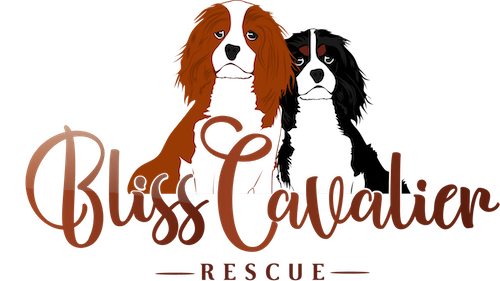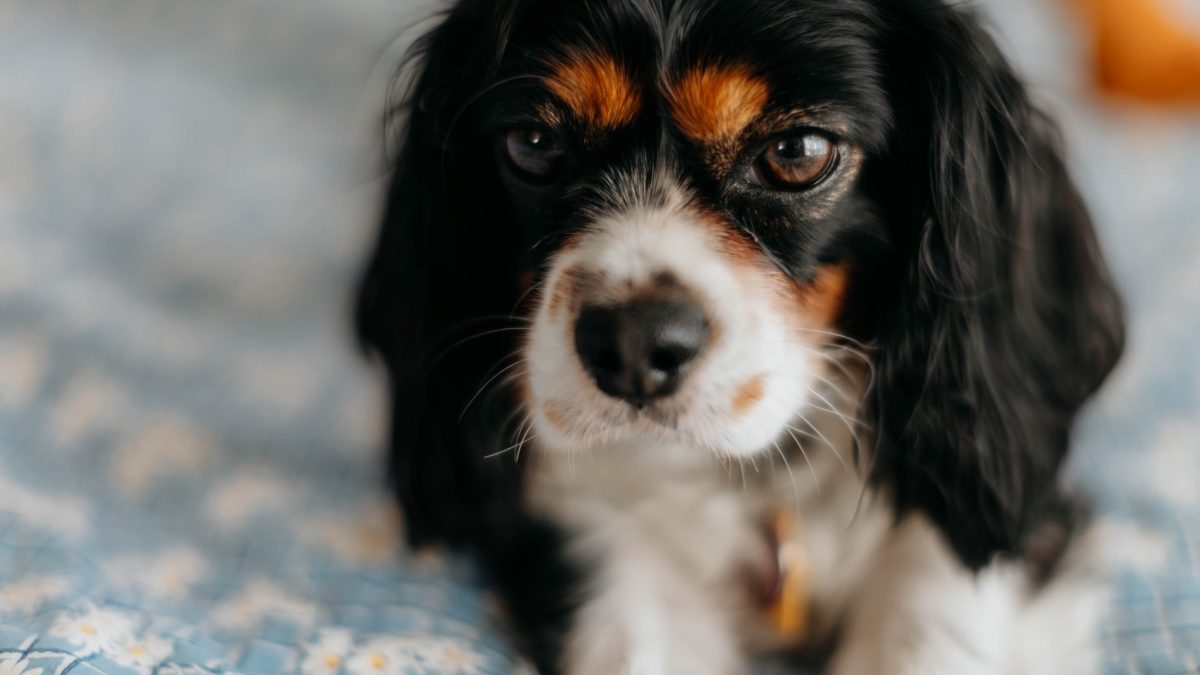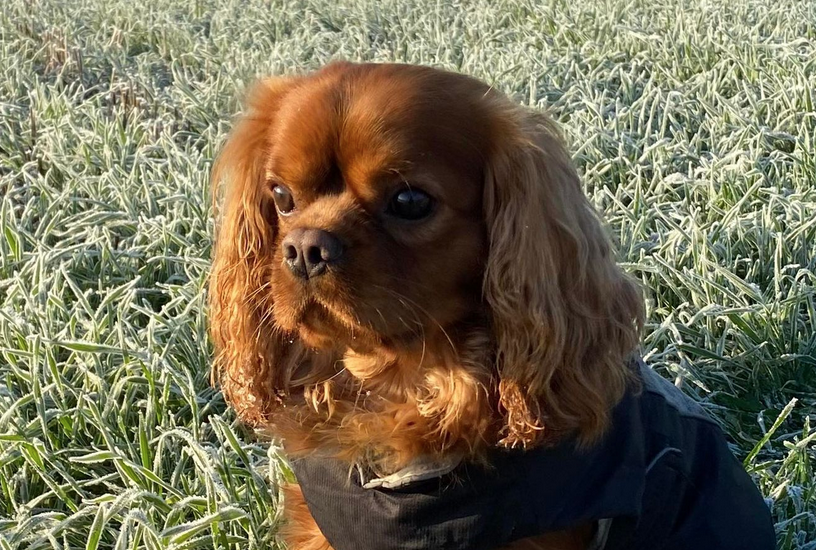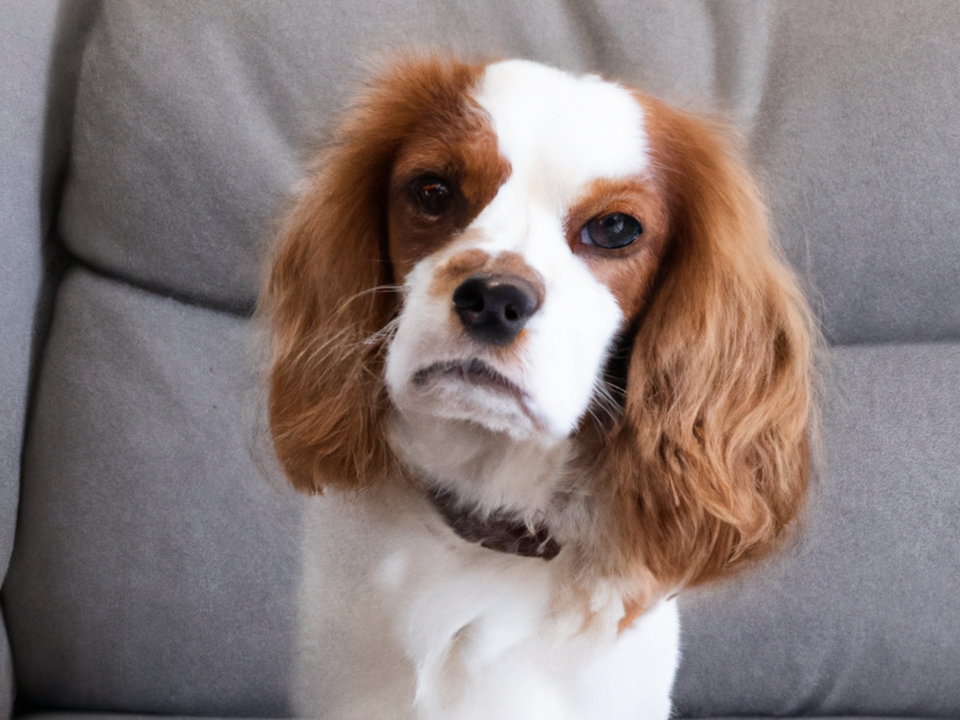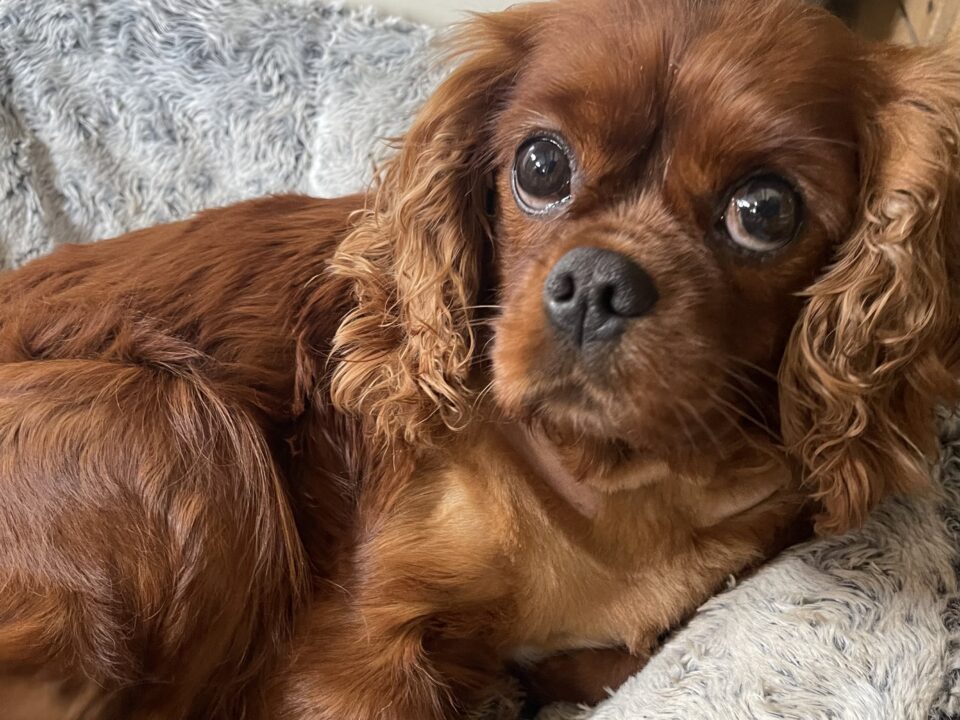Separation Anxiety – What can you do to help your dog?

Taking care of your Cavalier when there are fireworks
5th November 2021
Keep your Cavalier safe on hot days
17th May 2022It is thought that Cavaliers are much needier than many other breeds, and it is not at all uncommon for them to suffer from separation anxiety. Cavaliers are commonly labelled as ‘velcro dogs’ due to their need to be as close as possible to their humans, and some underestimate this part of owning one. Most of us can’t leave a room without being followed. We often joke about being unable to even go to the bathroom alone.
Separation anxiety is a feeling of distress or anxiety that many Cavaliers experience when their owner is not around.
Why do dogs have separation anxiety?
Pack mentality
As most of us know, dogs are natural pack animals. To a dog, the pack signifies safety in numbers, and when you leave or separate from the pack, even for a short time, they can feel fear, panic and stress.
Being left alone for too long
It would be wrong for us not to cover this aspect. It is not advisable to leave a dog alone for extended periods of time. The length of time that a dog can be left alone will depend on a variety of factors, such as the dog’s age, breed, and overall health.
The RSPCA recommends that dogs not be left alone for more than four hours at a time, and puppies should not be left for more than one hour. If you must be away from your dog for longer periods of time, it is important to make arrangements for someone else to check on and care for your dog, such as a friend, family member, or a professional pet sitter. It is also important to provide your dog with plenty of mental and physical stimulation when you are home to prevent boredom and help reduce any separation anxiety they may experience when you are not around.
Changes in routine
A sudden change in routine can be a common trigger for separation anxiety in dogs. Dogs are creatures of habit, and they often thrive on a consistent schedule. When their routine is disrupted, they can become anxious and stressed. This can be particularly difficult for dogs who are used to having their owner around all the time. If a dog’s routine is going to change, it is important to introduce the changes gradually to give the dog time to adjust. This can help minimise the potential for separation anxiety.
If you are going to return to work after always being at home with your dog, they may benefit from doggy daycare, being cared for by a family member or a dog walker while you are at work.
Pain
Some time ago, a video published by Canine Arthritis Management (CAM) caught our attention. Dr Kathy Murphy in the video ‘The neuroscience of chronic pain‘ covers a relationship between chronic pain and separation anxiety. In basic terms, it could be that there is a link between pain and separation anxiety. This link, upon reflection, makes a lot of sense to us; there have certainly been Cavaliers that we have had in rescue that have vastly improved when they have sufficient pain management for conditions such as chiari malformation, syringomyelia and chronic arthritis.
What are the symptoms of separation anxiety?
The signs of separation anxiety can range from mild to extremely severe.
Separation anxiety can manifest in various ways, such as excessive barking or whining, scratching at doors and windows, destruction of property, pacing, and attempts to escape.
Dogs may also exhibit physical symptoms, such as panting, drooling, shaking, or loss of appetite.
Not only are these distress symptoms extremely hard for the dogs to go through and upsetting for owners to observe, but also your dog could create so much noise that it interferes with neighbours’ quality of life too.
How can you help a dog suffering from separation anxiety?
Whether you have adopted a rescue dog who has separation anxiety or you have a new puppy and want to avoid separation anxiety, the process for preventing or improving the stress levels of separation anxiety is very similar.
Regardless of the age of your Cavalier, you will need to start with baby steps and build up from there. Ideally, you want to start working with your dog on this issue as soon as possible and stick with what works for you for long-term results.
Unfortunately, there is no quick or overnight fix for separation anxiety. Depending on how severe your dog’s symptoms are, you may need to work with your dog over a longer period of time to help them deal with this issue successfully.
Start small and slow with patience
Choose a suitable room to begin your training and put a baby gate up; leave your dog behind the gate and move to another room but stay in sight as much as possible, to begin with. Leave your dog behind the gate for a very short time to begin with, even if you need to start at 30 seconds and build up to a few minutes and gradually extend the time for as long as your dog is staying calm.
Open the gate and return to the room when your dog is calm or at least quiet. Don’t make a big fuss about being back in the same room; of course, you can give them a calm fuss but don’t over-excite them.
Repeat this step multiple times a day over the next few days, longer if needed, gradually progressing to moving out of sight and only returning at the moment when your dog is calm or quiet and offering calm praise.
Once you are confident your dog is calm with the gate, you can progress to closing the door; as above, you will need to repeat the process multiple times a day over a few days, maybe even weeks, depending on your dog.
Eventually, you will hopefully be ready to progress to walking out the front door. This is a big step and must follow the same calm approach as above and again start with leaving for just a few minutes and gradually build up to longer.
If your dog is struggling with moving from a baby gate to a closed door, consider keeping the baby gate in place. If you have reached the point where your dog is content enough for you to be on the other side of the gate and out of sight, leave them behind the gate in the room and move to the front door stage.
Don’t make a big fuss about leaving the house and leave the TV or radio on so they have a familiar sound for company.
If your dog is calm or food-oriented, you can leave them with a safe edible food distraction, such as a Kong or a Licky mat.
Remember, progress can be slow
Working to improve separation anxiety can be a very slow process, but it is worth sticking with for both your dog and you to benefit from the long-term outcome.
Don’t rush through the steps, or you will reset your progress.
Only return to your dog when they are being quiet, even if the quiet is just a second grab that second!
Don’t make a big scene of leaving your dog; stay calm on your return, remain calm and don’t over-excite the dog.
Be patient, this isn’t something which can be fixed/trained overnight and may take weeks or even months of perseverance, but the results will last years and be well worth the effort involved.
Getting another dog as company for your dog suffering from separation anxiety is very unlikely to help. The behaviour can actually make the ‘new’ dog anxious also, even if they haven’t previously had problems.
Professional help for separation anxiety
Sometimes the behaviour is so severe, or the dog does not respond to basic methods, it is a good time to use a behaviourist. With the lack of protection for owners relating to dog behaviourists and the potential for there to be a pain element, we always recommend seeking help from a veterinary behaviourist.
What is a veterinary behaviourist?
A veterinary behaviourist is a veterinarian who has completed advanced training in the field of animal behaviour. They are specialists in identifying and treating behaviour problems in animals, including separation anxiety.
If a dog is exhibiting severe or persistent separation anxiety, your veterinarian can refer your dog to a veterinary behaviourist for further evaluation and treatment.
A veterinary behaviourist will thoroughly evaluate the dog to determine the underlying cause of the separation anxiety and develop a treatment plan tailored to the dog’s individual needs. Treatment may include behaviour modification training, medication, or a combination of both. A veterinary behaviourist can also provide support and guidance to you as an owner to help manage your dog’s separation anxiety and prevent it from worsening.
More information on other common dog behaviour problems that we see.
Notice: Trying to access array offset on value of type null in /var/www/vhosts/blisscavalierrescue.org/httpdocs/wp-content/themes/betheme/includes/content-single.php on line 286
